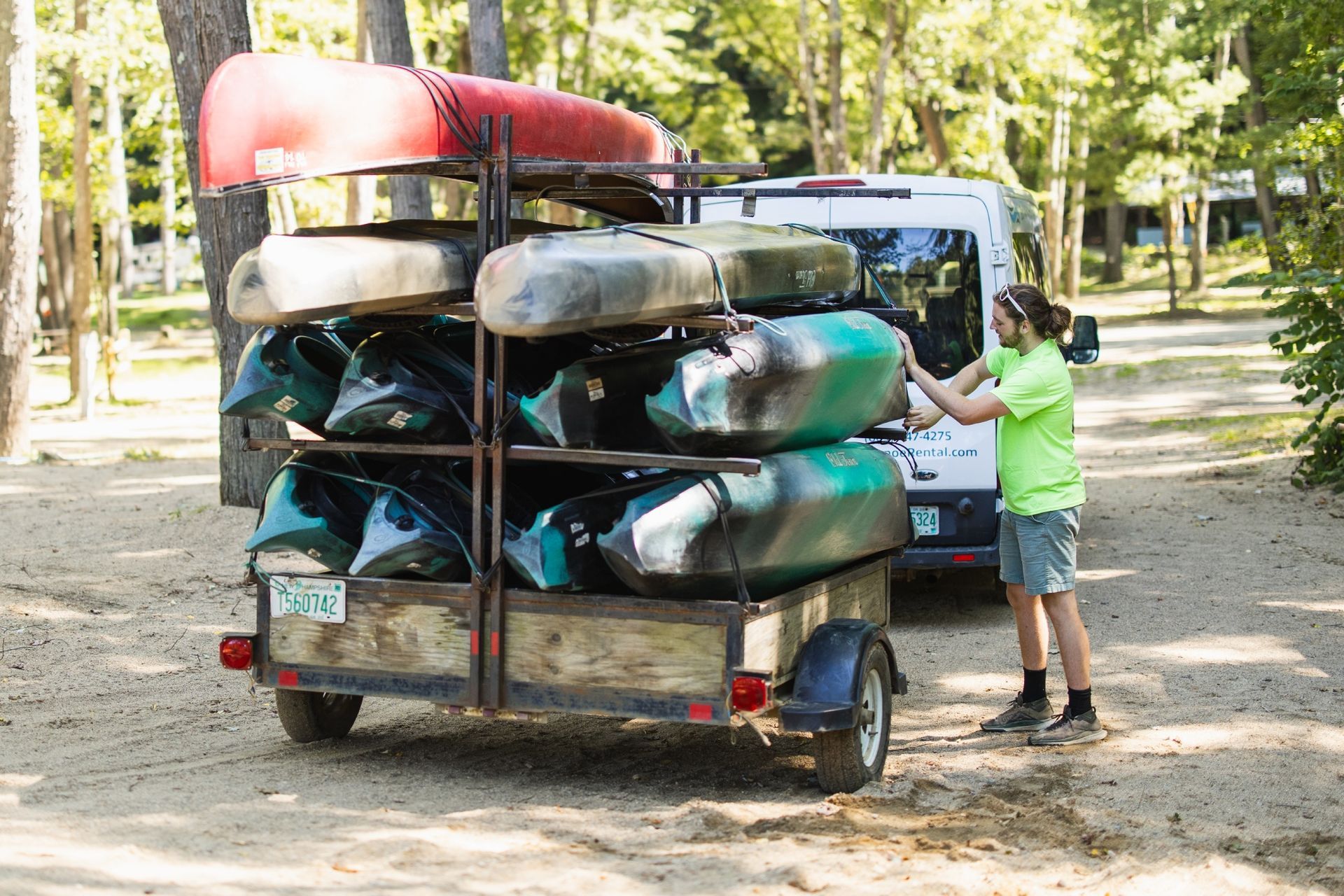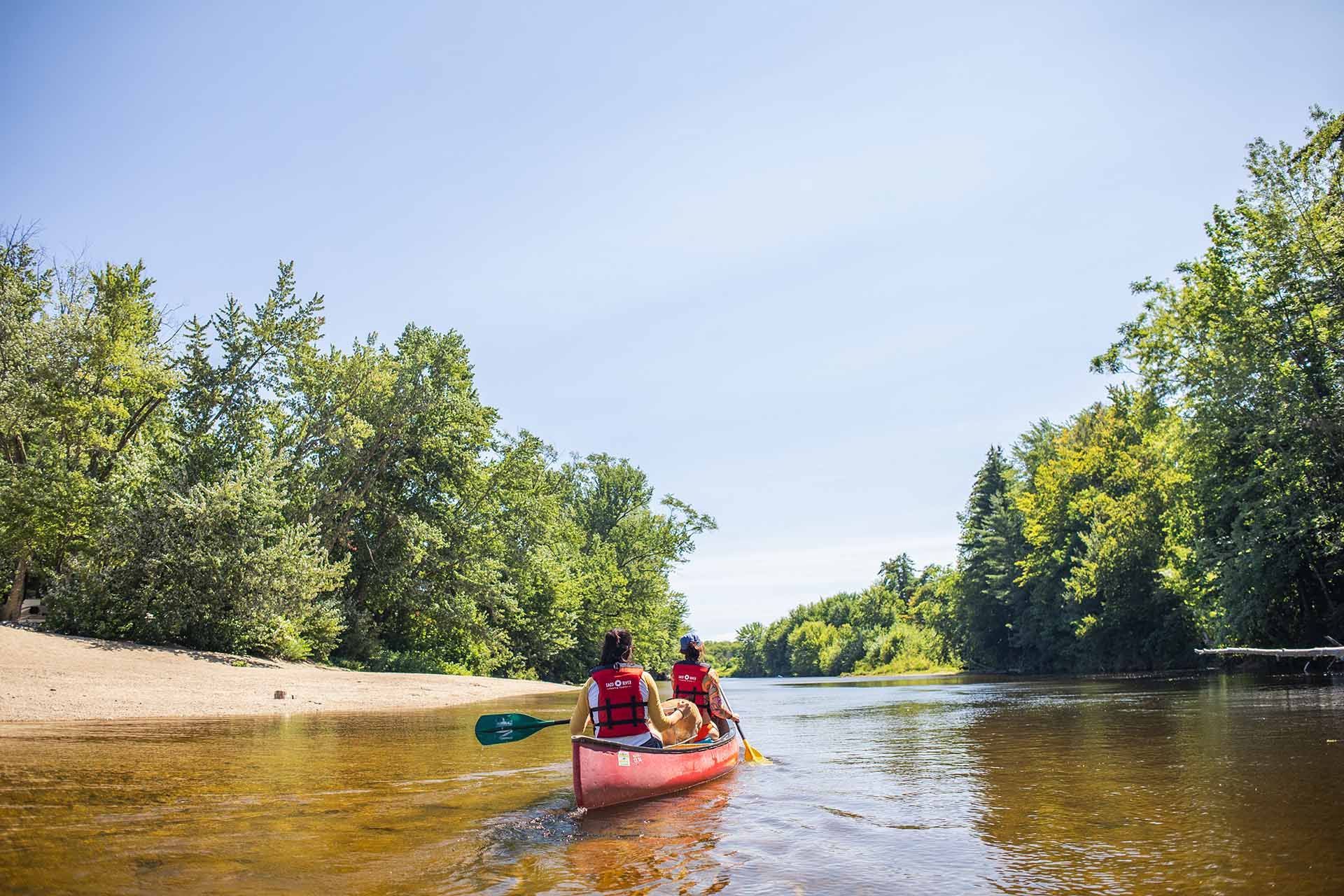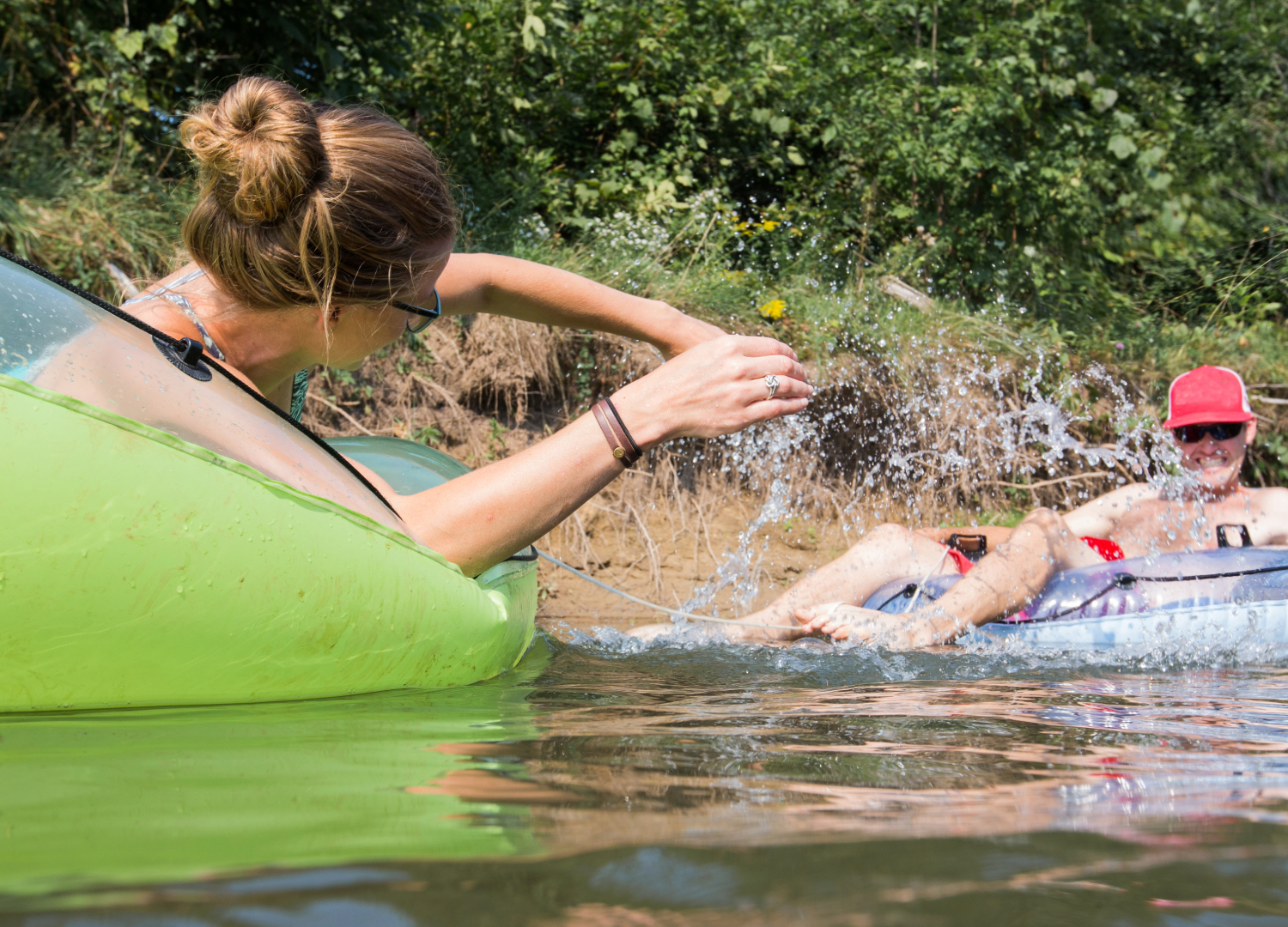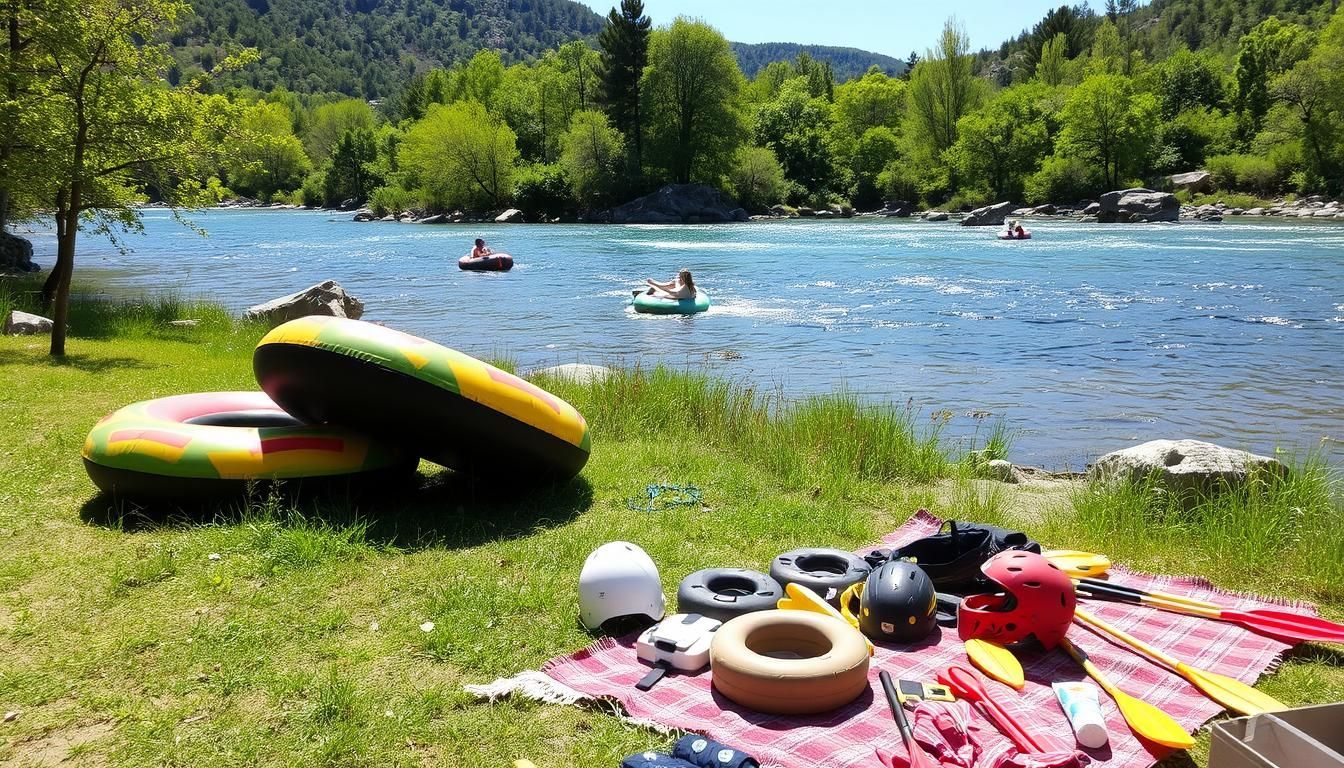Understanding Saco River Currents: Tubing Safety Primer
River tubing is a delightful summer pursuit, offering a refreshing retreat into the wonders of nature. However, before setting out on your tubing escapade, it's vital to grasp the intricacies of river currents to ensure a safe and enjoyable experience.
Here's a comprehensive guide to understanding river currents and ensuring tubing safety, with specific reference to the Saco River:
Types of River Currents
Before you embark on your tubing adventure on the Saco River, it's essential to understand the various types of river currents you may encounter. Here’s an overview of the key types of river currents and their characteristics.
- Swift Currents: Swift currents, which are prevalent in rivers like the Saco, are rapid-moving streams of water. They derive their speed from various factors, including the river's gradient, volume of water, and obstacles in its course. While swift currents can add excitement to your tubing adventure, they also pose risks, particularly for less-experienced tubers.
- Eddies: Eddies are circular currents that form behind obstructions such as rocks or bends in the river. While they can create areas of calm water, they may also trap tubers if not navigated carefully.
- Undertows: Undertows are powerful underwater currents that flow beneath the surface, often occurring near drop-offs or submerged obstacles. They pose a significant drowning risk, especially in deep or turbulent sections of the river like those found in the Saco.
Understanding CFS Data and How to Read Them
What is CFS? CFS stands for cubic feet per second, a unit used to measure the volume of water passing a particular point in the river per second. A higher CFS indicates a larger volume of water and typically faster currents, while a lower CFS suggests slower-moving water.
When planning your tubing trip on the Saco River, it's crucial to consider the river's flow rate, measured in cubic feet per second (CFS). This data provides valuable information about the river's current conditions, helping you gauge the safety and suitability of the water for tubing.
How to Read CFS Data for River Tubing:
- Check Current CFS Levels:
Before heading out, check the latest CFS data for the Saco River, available from the US Geological Survey (USGS) or local authorities. This information is often updated in real-time and can be accessed online.
- Understand Safe CFS Ranges: Generally, a CFS level below 500 is considered safe for tubing, especially for beginners and families. Levels between 500 and 1,000 CFS can be more challenging, requiring careful navigation and experience. CFS levels above 1,000 can be dangerous, especially in swift and turbulent sections of the river.
- Adjust Plans Accordingly: Based on the CFS data, decide whether it's safe to proceed with your tubing plans. If the CFS is too high, consider postponing your trip or choosing a different section of the river with lower flow rates.
For more information. Visit our
saco river conditions page for Live Saco River Conditions based on USGS Public Data. Happy tubing!
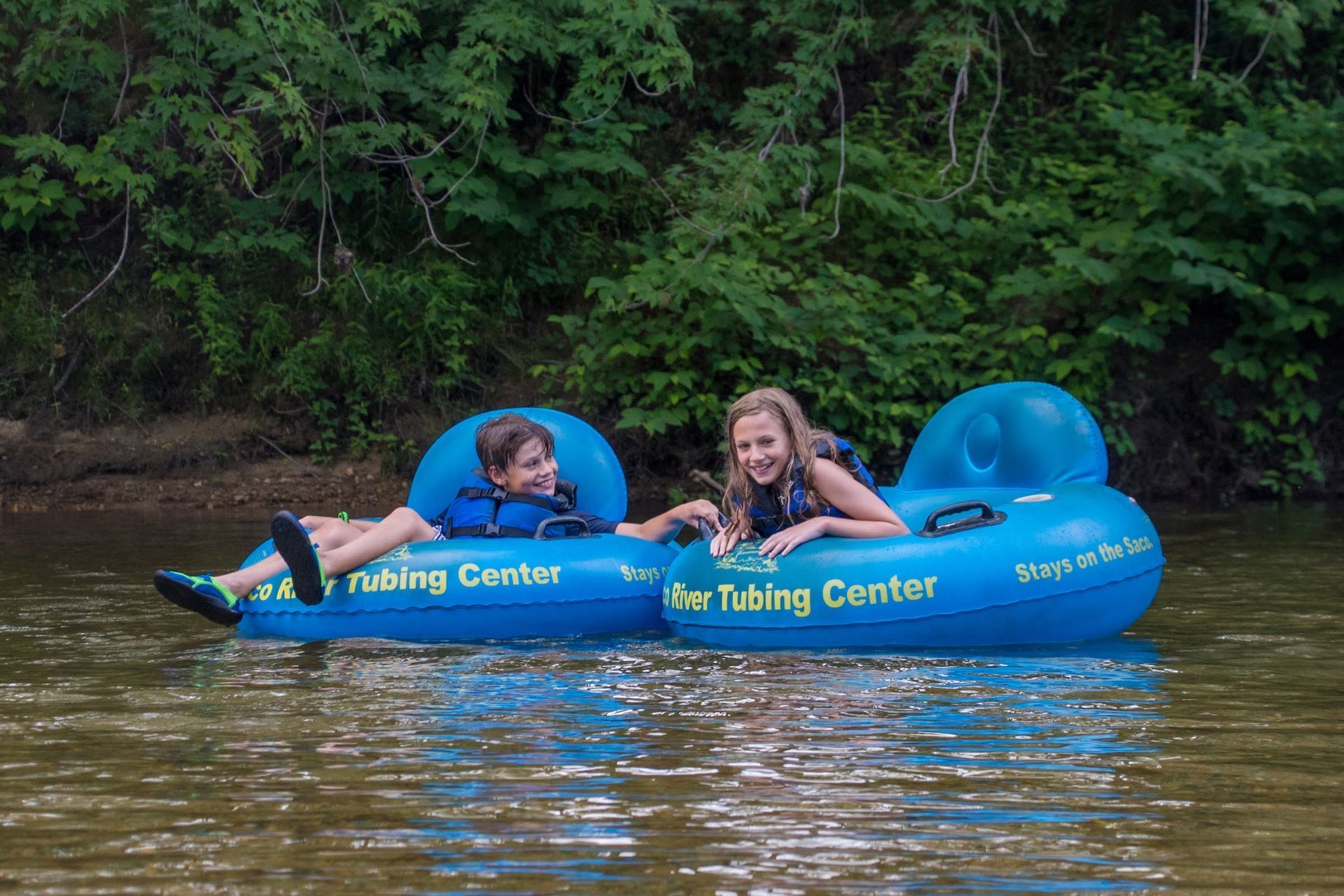
Safety Tips for Tubing on the Saco River
Tubing on the Saco River is thrilling, but safety is essential. Ensure a secure experience by staying prepared and informed. For comprehensive safety guidelines, check out our detailed
river tubing safety guide, but here are some general tips to keep in mind.
- Life Jacket Use: Always wear a properly fitted life jacket, especially when tubing on rivers with swift currents like the Saco. A life jacket can provide buoyancy and keep you afloat in case of an unexpected fall into the water.
- Group Tubing: Tubing with a group enhances safety by providing mutual support and assistance. Stay within sight of each other and communicate your location while on the river, particularly on sections of the Saco with swift currents.
- Scout the River: Take time to scout the Saco River and familiarize yourself with its features and potential hazards such as rocks, rapids, and shallow areas. Pay attention to warning signs and advisories from local authorities.
- Abstain from Alcohol and Drugs: Refrain from consuming alcohol or drugs before tubing on the Saco River. These substances can impair judgment, coordination, and reaction time, increasing the risk of accidents and injuries.
- Equipment Inspection: Ensure that your tubing equipment, including tubes and paddles, is in good condition and suitable for the conditions of the Saco River. Avoid using makeshift or inflatable toys that may compromise safety.
- Weather Awareness: Check the weather forecast before tubing on the Saco and avoid tubing during storms or adverse weather conditions. Sudden changes in weather can impact water levels and increase the risk of flash floods or lightning strikes.
- Know Your Limits: Be honest about your swimming abilities and comfort level in water, and avoid sections of the Saco River that exceed your skill level or comfort zone.
- Compliance with Regulations: Familiarize yourself with any regulations or guidelines established by local authorities for tubing on the Saco River, including designated tubing areas, permitted equipment, and safety requirements.
Gear Up for a Safe Tubing Adventure on the Saco River!
By understanding river currents and adhering to safety precautions, you can enjoy the beauty of the Saco River while ensuring a secure tubing experience. Whether you're seeking thrills or relaxation, responsible tubing practices ensure that you and your fellow tubers can savor the adventure with confidence and peace of mind. So, gear up, respect the power of the river, and embark on a tubing journey down the scenic Saco River, knowing that safety comes first.
Ready to Start Your Tubing Journey?
Respect the power of the river, gear up with the right equipment, and embark on an unforgettable tubing journey down the scenic Saco River, knowing that safety comes first.
Check Out Our
River Tubing Rates: Discover our tubing rates and plan your trip today!
Stay safe, have fun, and enjoy the adventure!




